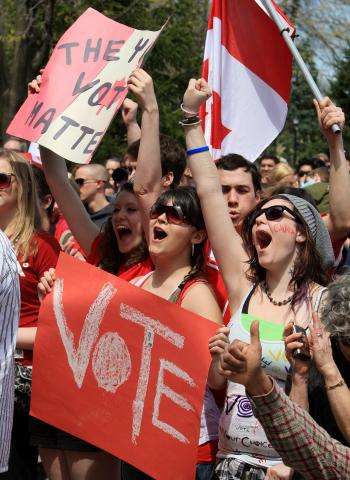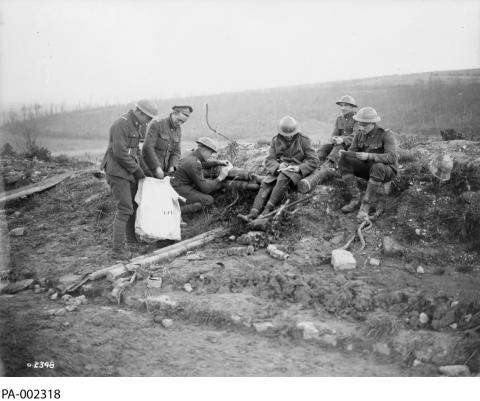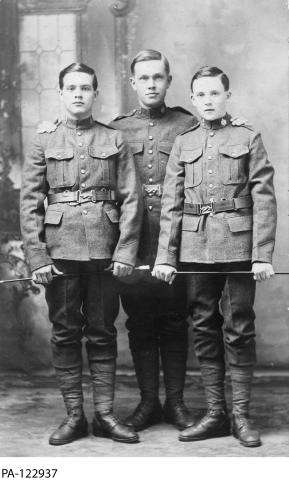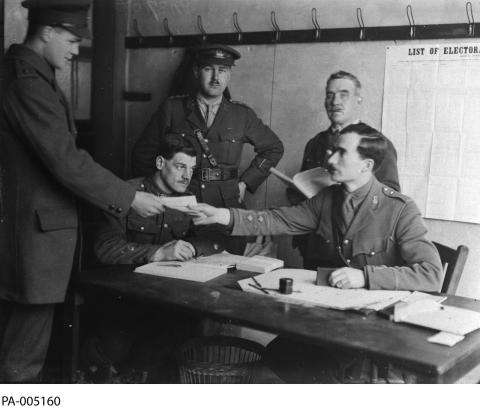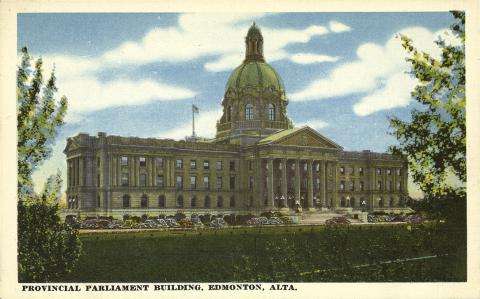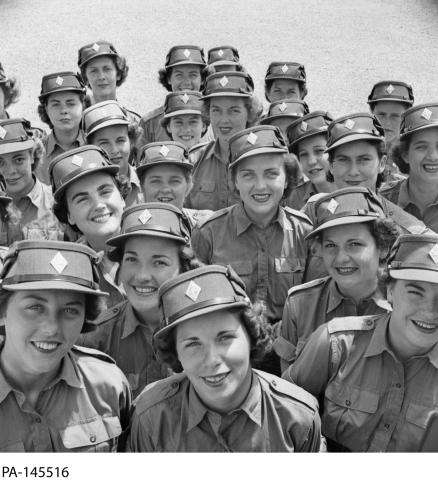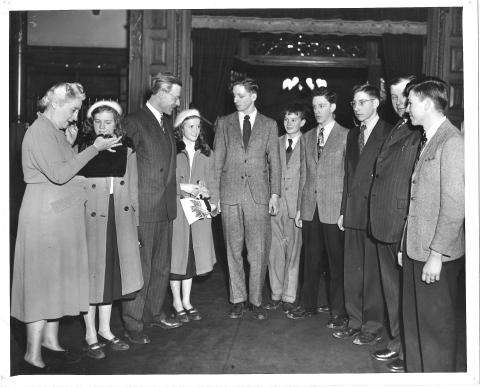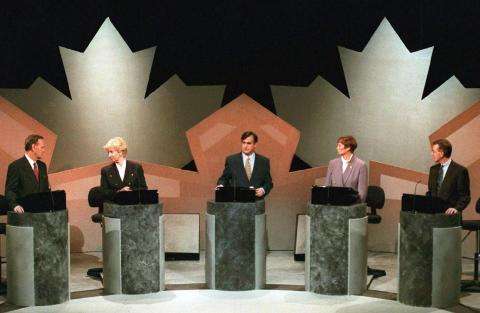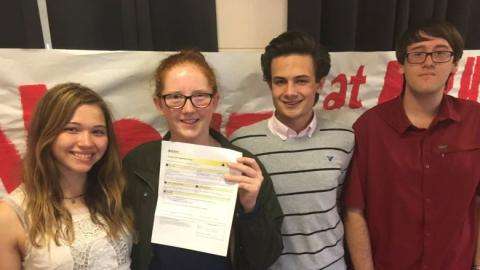Context card
| Context card | In 1867, only men who were at least 21 years old could vote in federal elections. They also had to own property to be allowed to vote. During the two world wars, people under 21 could vote if they served in the military. After the Second World War, young people in the Canadian Armed Forces continued to have these voting rights. In 1970, the voting age was reduced to 18 with little debate. Today, there is discussion about how to get more youth involved in democracy. Some people are pushing for lowering the voting age to 16. |
|---|
Activity cards
| 1867 | At Confederation, you can vote only if you:
The voting age is 21 in most democracies around the world. |
|---|
| 1917 | During the First World War, everyone in the military is allowed to vote no matter how old they are. People are supposed to be 18 years old to serve in the military. However, many soldiers are younger than 18. This means that some 16- and 17-year-olds vote. Some people see this as unfair, since the regular voting age is 21. |
|---|
| 1920 | After the First World War ends, a new election law is passed. The law makes voting rules standard across the country. The voting age for federal elections returns to 21 for all Canadians. |
|---|
| 1942 | During the Second World War, everyone in the military is allowed to vote no matter how old they are. Around 700,000 people in the Canadian military are under 21 years old. |
|---|
| 1944 | Alberta lowers the voting age to 19 for provincial elections. It is the first province to give voting rights to those under 21. A year later, Saskatchewan lowers the voting age to 18. All other provinces keep the voting age at 21. |
|---|
| 1945 | The Second World War ends. No changes are made to voting rights for people serving in the military. They can vote in federal elections no matter how old they are. For everyone else, the voting age is still 21. |
|---|
| 1948 | High school students speak to members of Parliament at a national conference. They ask the panel why the voting age has not been lowered to 18. Some leaders, including Agnes Macphail and John Diefenbaker, are open to the idea. |
|---|
| 1970 | Parliament lowers the voting age for federal elections from 21 to 18. About two million young people gain the right to vote. This is the largest increase in voters since women got the right to vote. There is one exception to the new voting age rule: Canadians who are in the military at age 17 can vote in federal elections. |
|---|
| 1993 | In the federal election, the voting age is 18 for all Canadian citizens, including those in the military. BC is the last province to lower its voting age to 18. Until 1992, the voting age in BC was 19. |
|---|
| 2016 | Prince Edward Island (PEI) allows youth aged 16 and older to vote in a provincial plebiscite. This is when people vote on an important question. In this case, the question is about changing the provincial election system. These youth in PEI are allowed to vote because they will be 18 by the time of the next provincial election. The voting age for provincial elections in PEI (and all of Canada) is still 18. |
|---|


